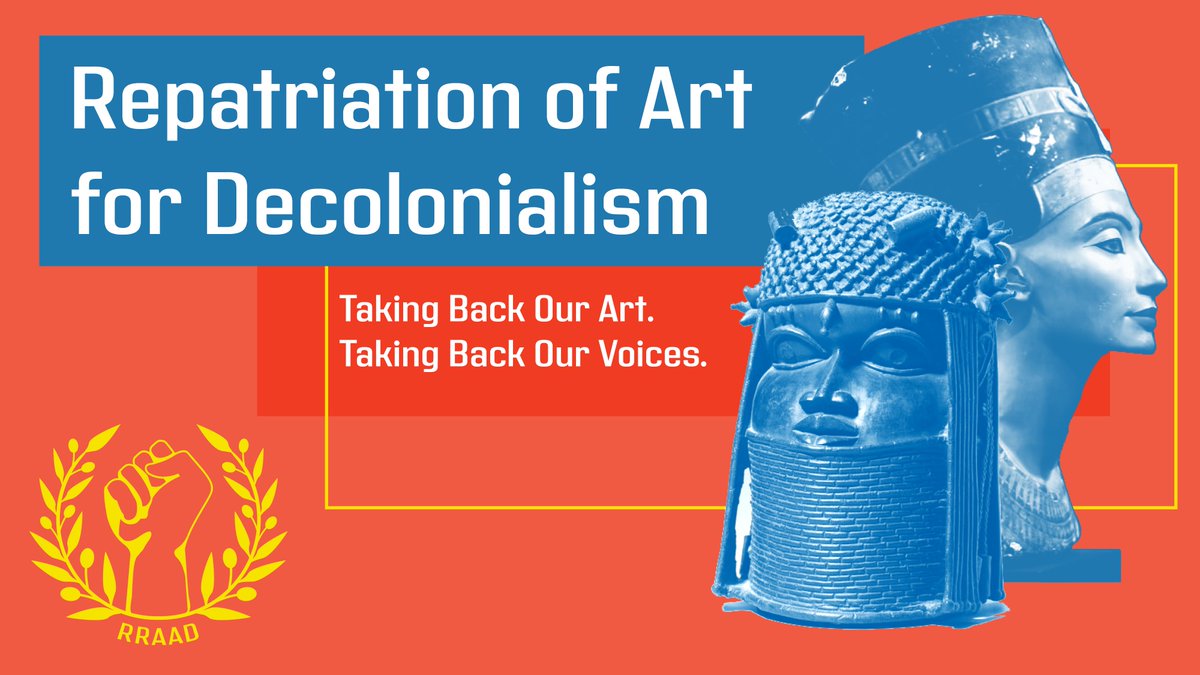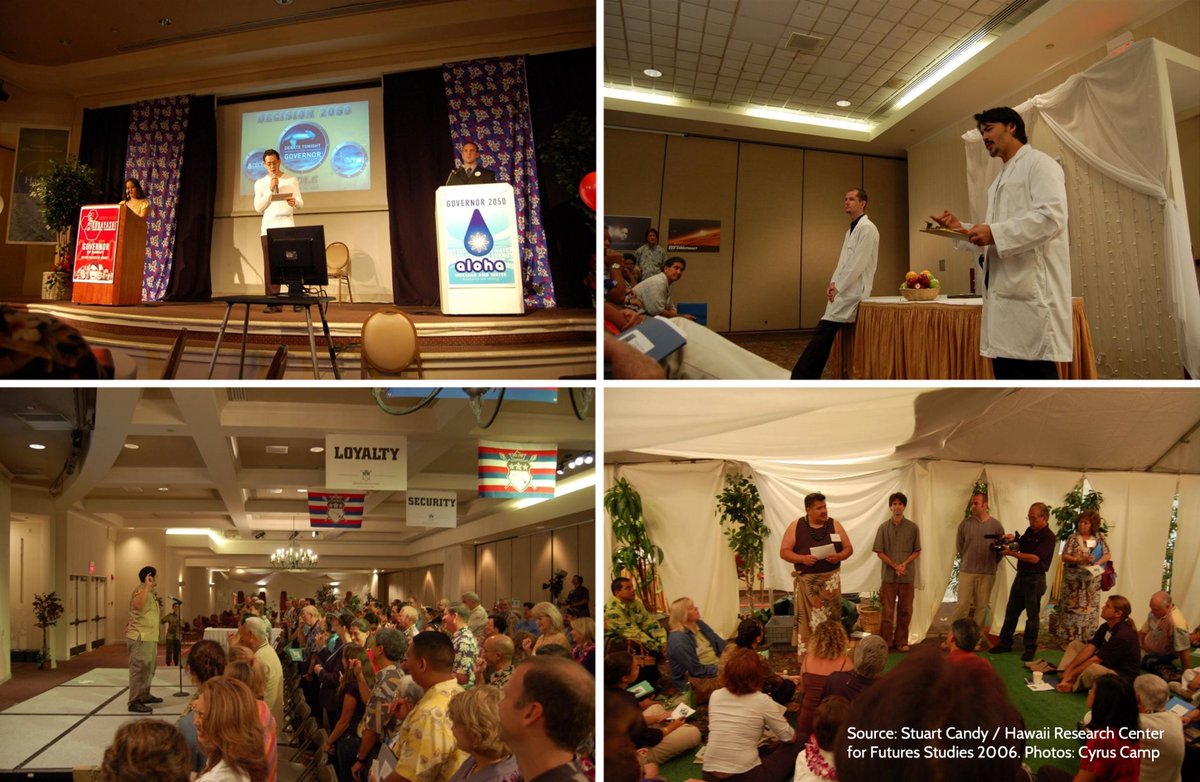
Last week I helped to launch the United Nations Development Programme @UNDP’s annual innovation event #IID2021, using an #ExperientialFutures process and format created for the occasion. 🧵
In January I was asked how experiential futures might be brought to bear for the Opening Session –– a panel conversation on global development's futures, live in video chat (due to Covid the whole event had to be online), with the UNDP head and invited speakers around the world.
Mission accepted: I proposed to interview all the panelists in advance, one on one, then design & send an artifact from the future to each, to arrive at their homes the week before the event and perhaps help breathe some dimensionality into our talking-head squares! #ZoomFatigue
Each artifact would draw inspiration from ideas about the future shared with me by the speaker in our pre-conversation, and would try to picture a far-reaching shift in relationships and power, manifested institutionally, affecting whatever we mean when we say ‘development’.
Sophie Howe, Welsh Commissioner for Future Generations, the first person in the world to hold that remarkable cross-cutting role, emphasised the critical need for a “holistic view” in governance. I wondered: how might next-level holistic, inclusive decision-making look?
Sophie received a bilingual Welsh/English mailer from Wales’ Parliament of All Beings in 2056, notifying her that animal wellbeing data indicated consent to move to the next phase of Rewilding in her neighbourhood in Cardiff. 



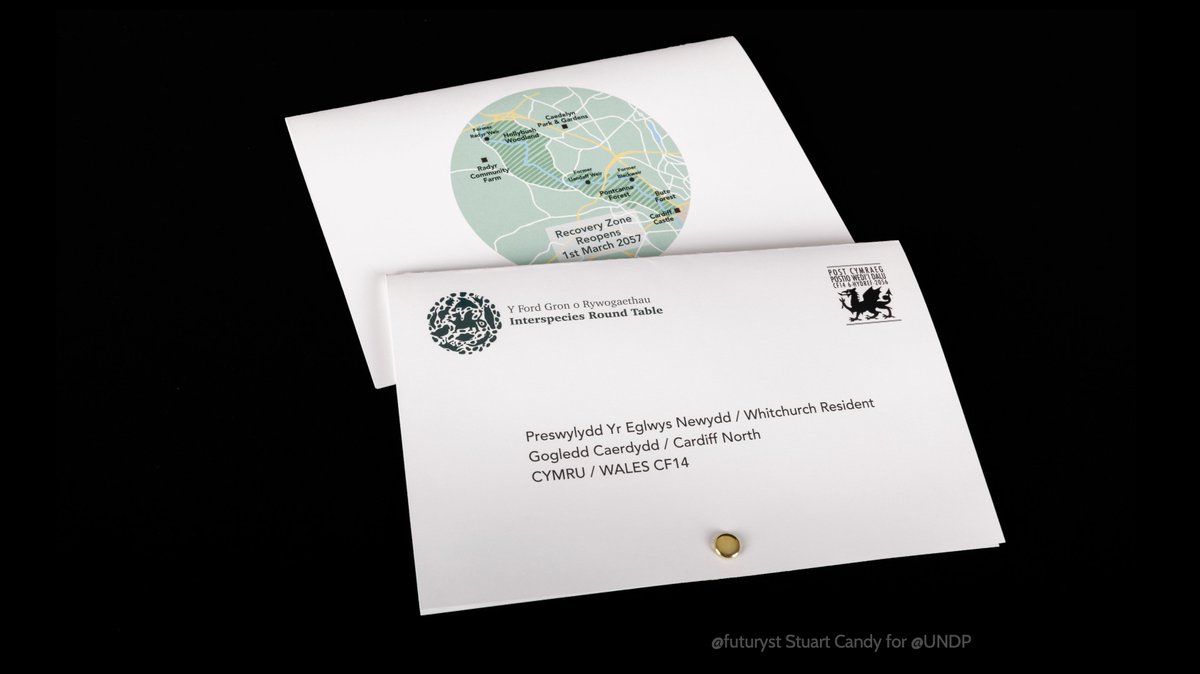
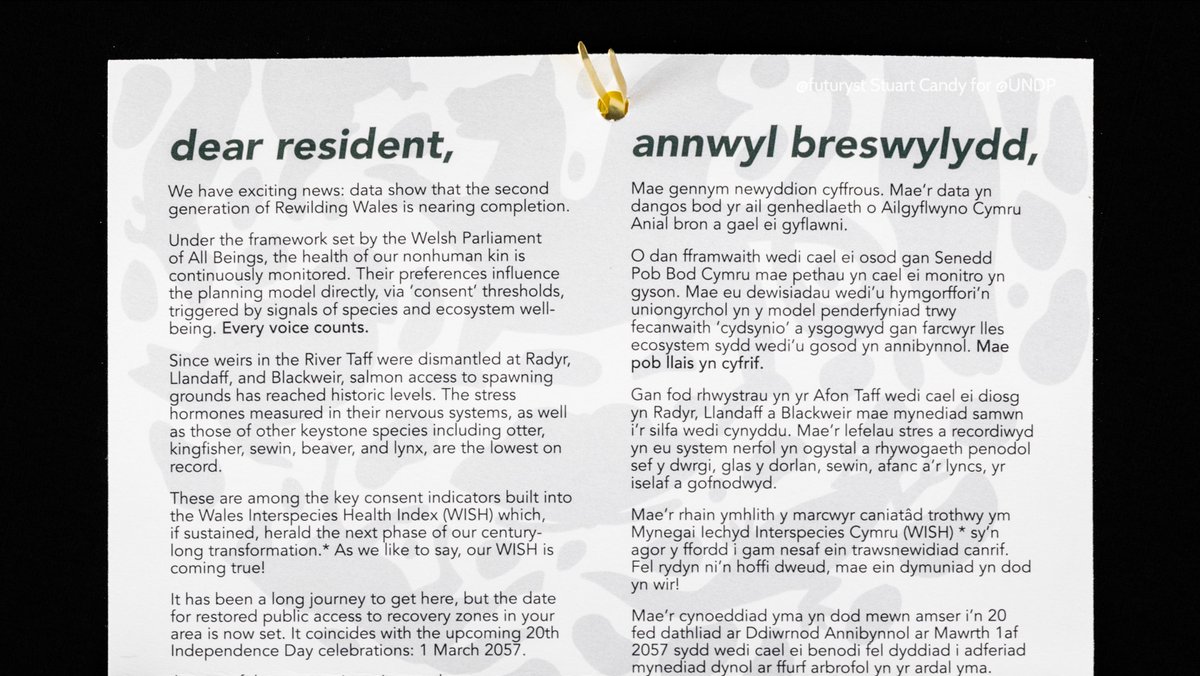
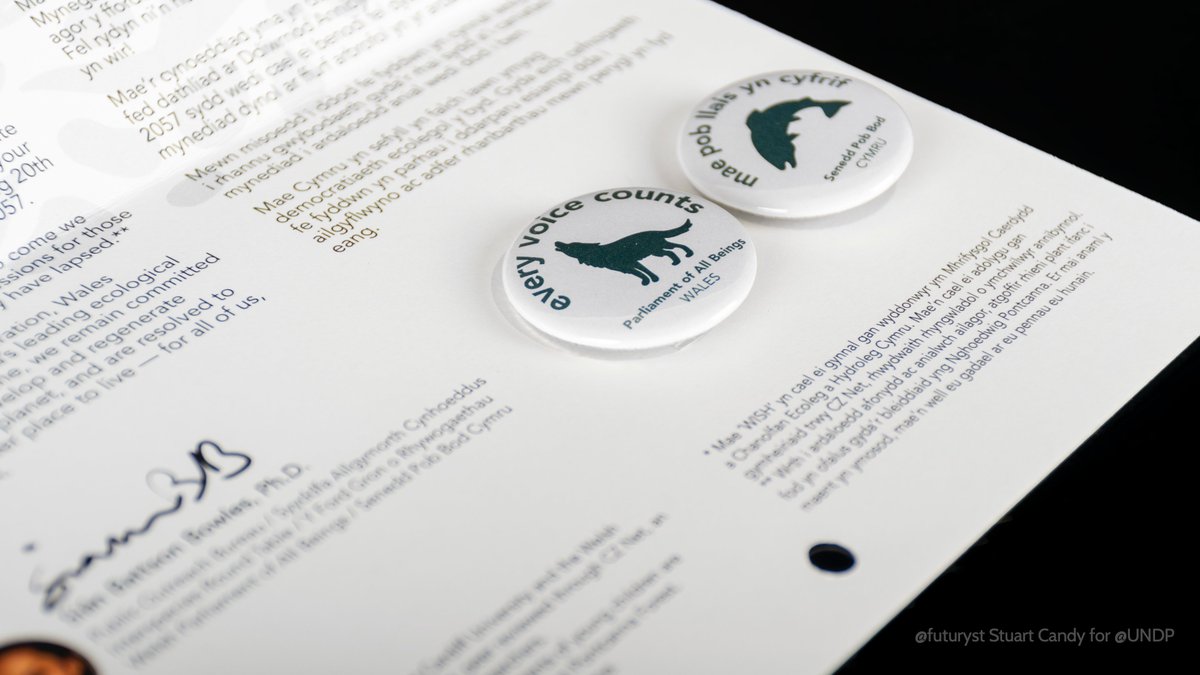
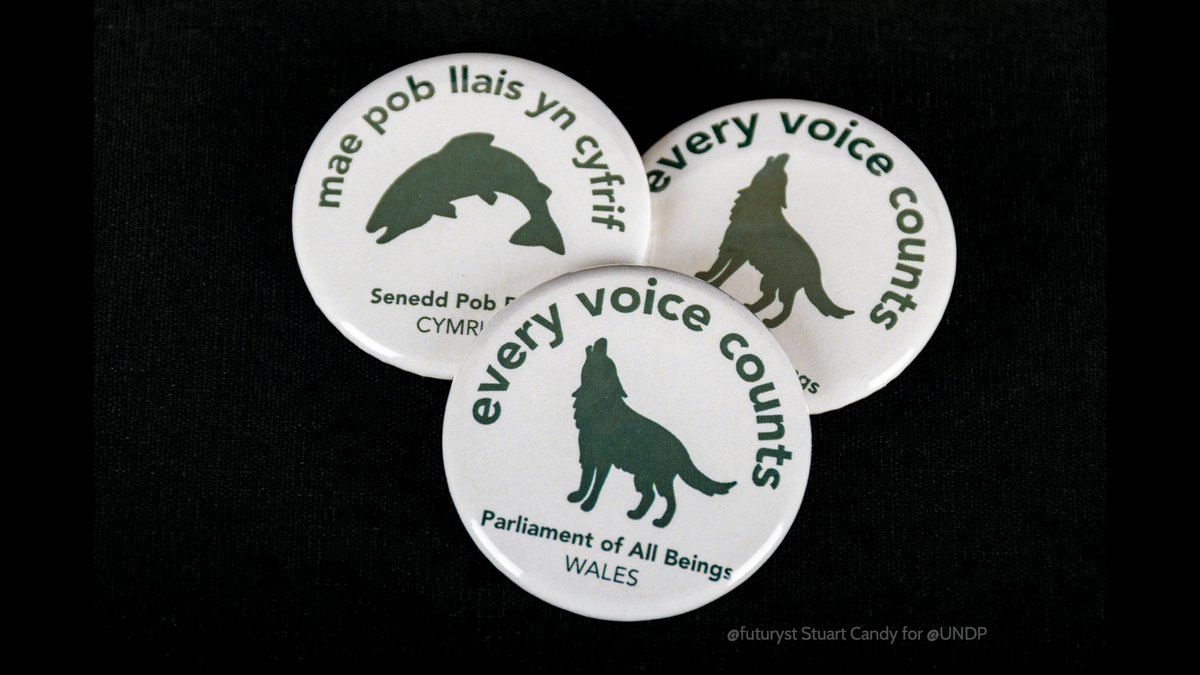
Nanjira Sambuli, a powerhouse tech justice advocate from Kenya, when we spoke registered the absurdity of a few Silicon Valley tech bros ruling platforms that mediate our relationships all around the world, noting “the dream to democratise, decentralise” and “take on the giants”.
At home in Nairobi @NiNanjira received a letter written to her as a Board Member for RECODE Africa (REclaim community, COoperativise platforms, DEvolve governance), with a T-shirt for its 3rd Annual Festival in 2030, after Twitter ownership has been taken over by users & workers. 


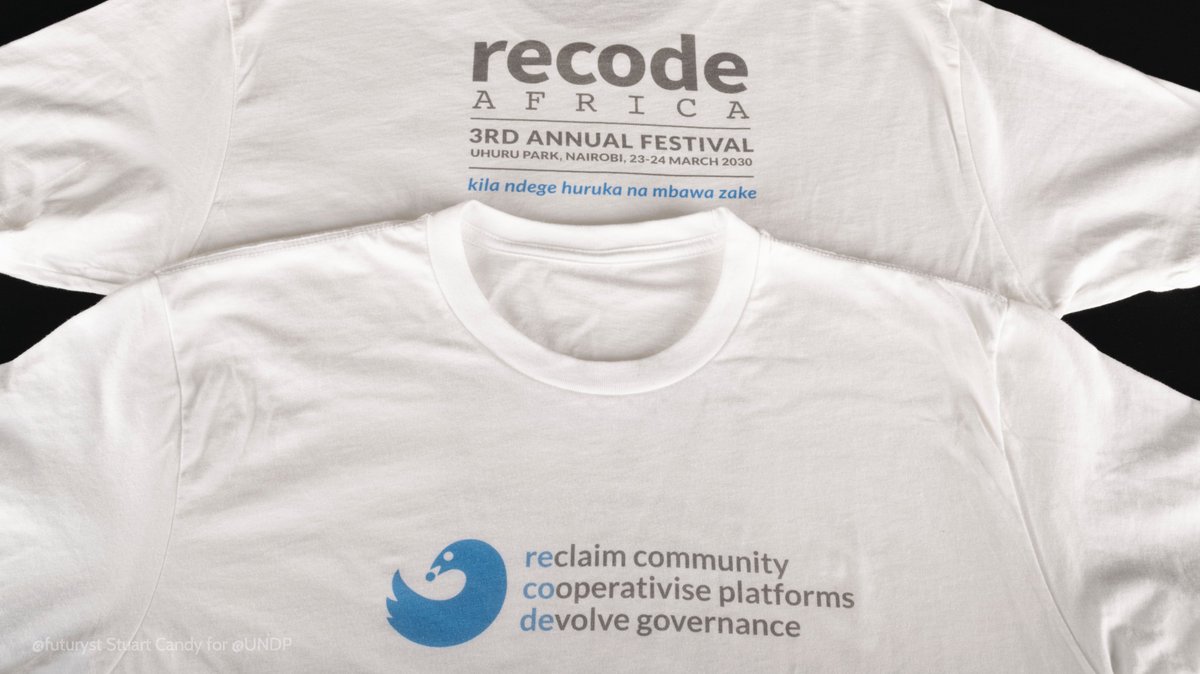
Roman Krznaric, author of The Good Ancestor, told me about the importance of “political innovation” dealing with the “decision making structures” underpinning development at all levels. So what might such transformational change look like on the ground?
Based in Oxford, Roman received a thank you for serving in the 2032 Oxfordshire Ancestors’ Assembly (modelled on Japan’s current “Future Design” process), and a robe as ritually worn by participants when deliberating the potential impacts of their decisions on future generations. 




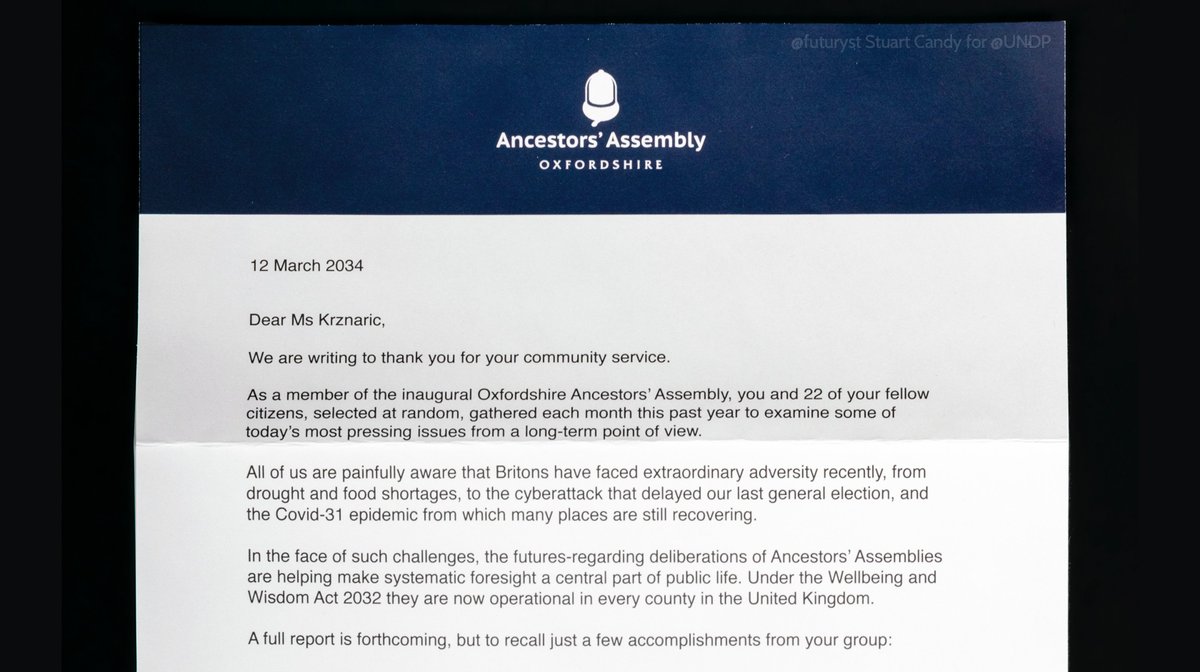
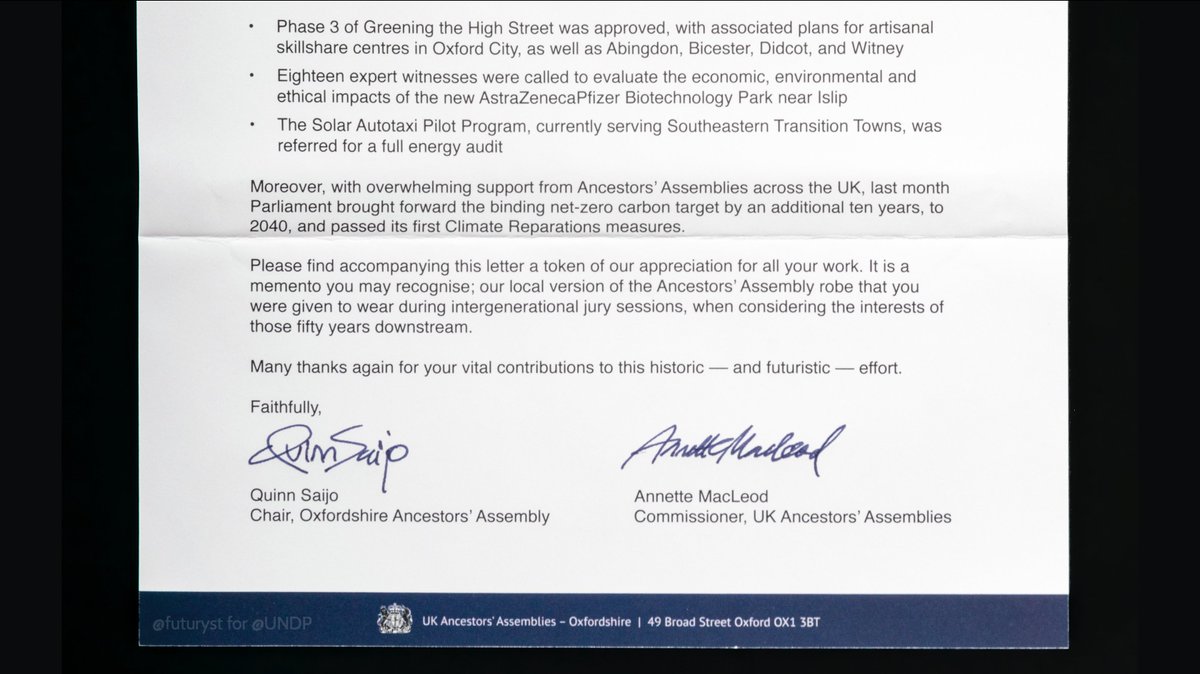

Marcela Sabino, Head of Innovation at Brazil’s Museum of Tomorrow, evoked a scenario in which we relate to corporate entities as legal persons very differently: “Companies have to be held accountable for what they're doing.” The question becomes –– how?
In Rio de Janeiro, Marcela received a screenprinted poster, one in Portuguese and one in English, advertising the public execution/dissolution of a corporation that in 2036 has been convicted of ecocide by the International Criminal Court. 

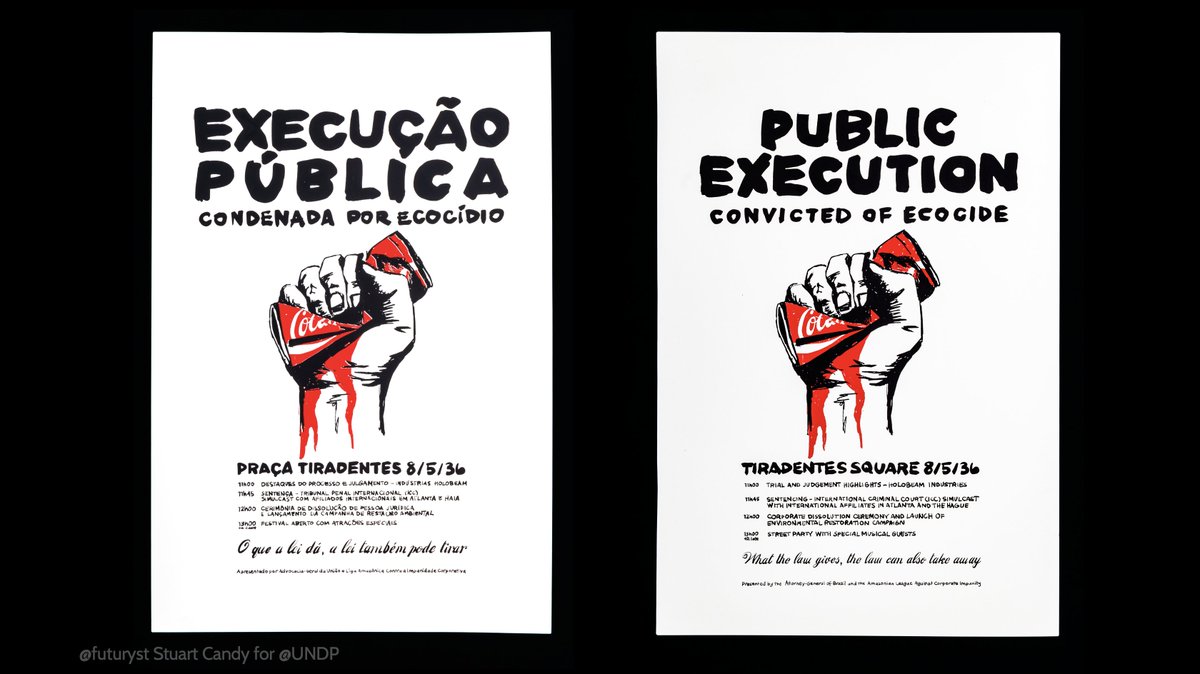
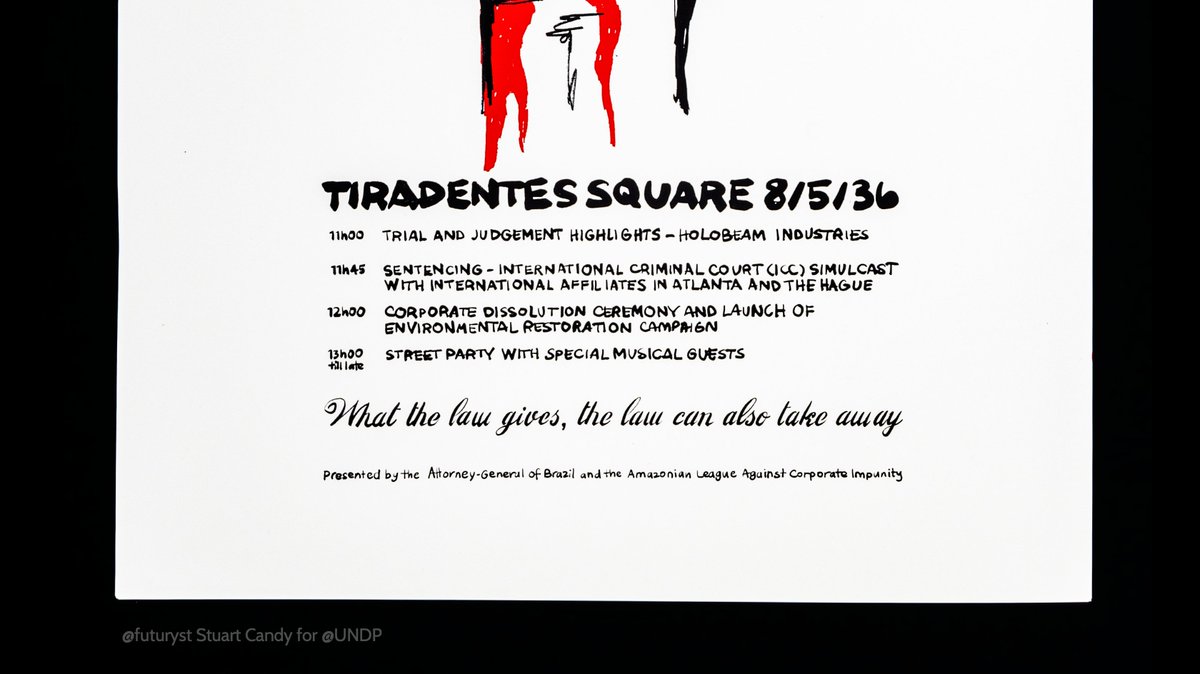
Achim Steiner, Head of the UNDP itself, observed that by the later 21st century, what we currently know as the United Nations “will have to be significantly different. . . . But the fact that we will need a governance platform on which to come together is absolutely essential.”
At home in New York, he received a hand-calligraphed copy of “The Words Spoken Before All Others”, aka the Haudenosaunee Thanksgiving Address, adopted in a ceremony at Onondaga Lake as the Opening Invocation for the General Assembly of the United Peoples, on 22 April 2070. 



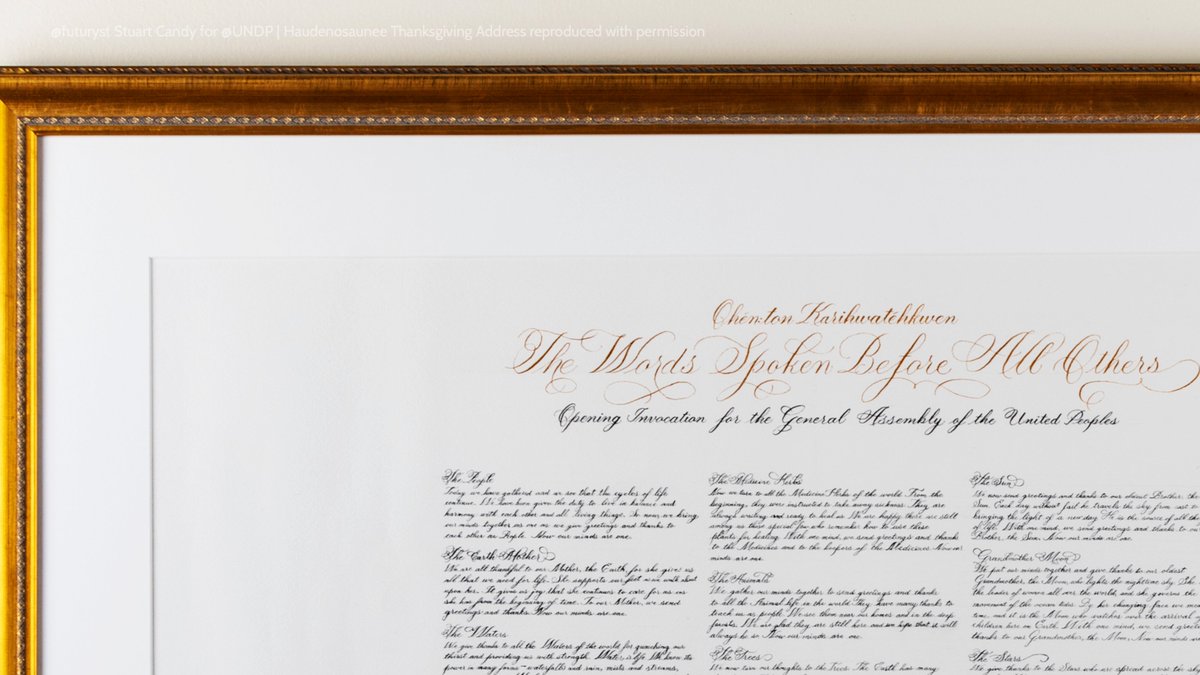
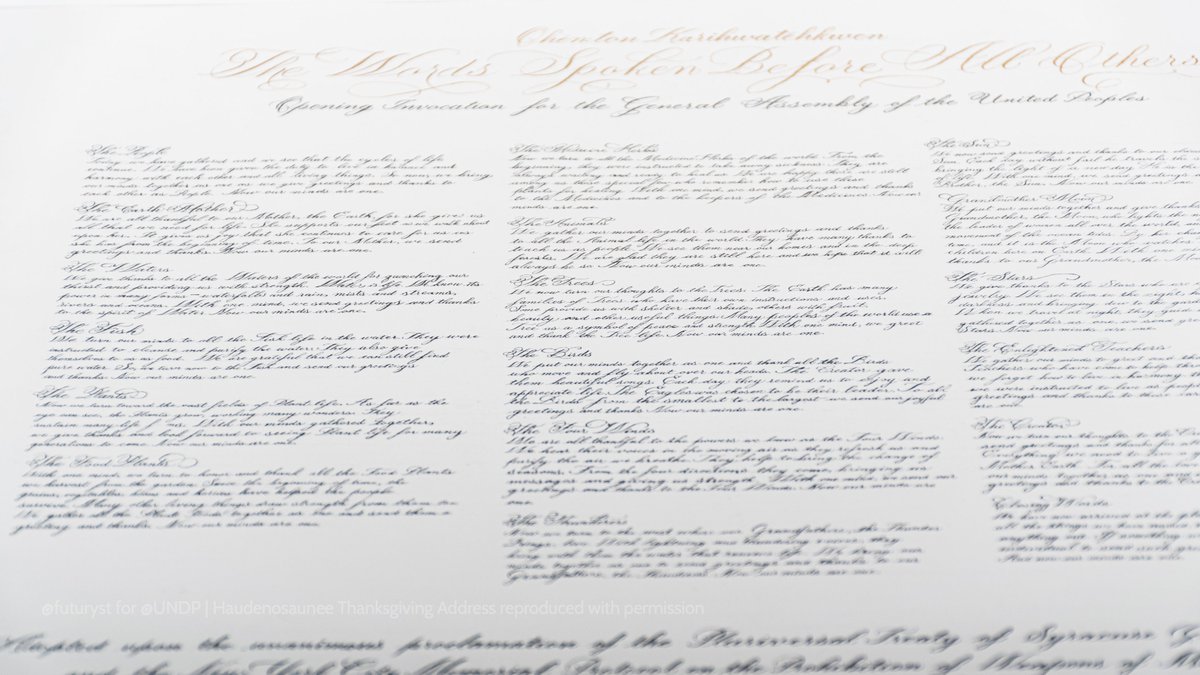

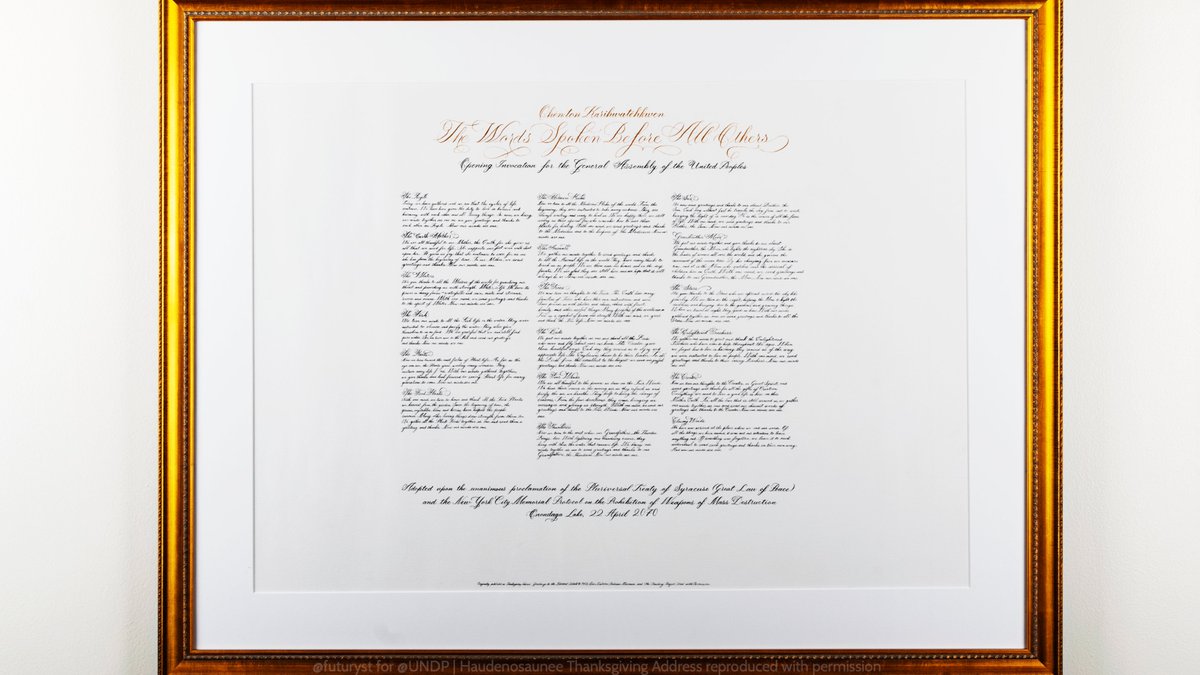
When the day of the panel itself arrived, I had the pleasure of moderating, with @lucianamermet. Speakers didn't know yet what the others had received. Everyone used their future artifact as a portal through which to introduce themselves and their ideas to the conversation.
The Deputy Foreign Minister of the Republic of Turkey, Faruk Kaymakci @frkkymkc, also joined the session, as a distinguished “Future Steward”, sharing remarks on and helping draw connections among the perspectives offered.
It’s a minor miracle how it all came together. The future artifacts arrived in multiple locations around the world, our Internet connections held up, and almost 700 people joined in to listen, chat and ask questions.
This was an exciting piece of a much bigger conversation, about decolonising and reimagining development for #IID21 –– and an encouraging way for a new #DesignFutures format to add both a 3rd dimension (physicality) and a 4th (direct engagement with time) to a 2D medium. #4Dpanel
Will share more details in a proper write-up in due course. For now though, much gratitude to the many amazing folks who made this possible, first and foremost my brilliant partner & co-designer @CedaVerbakel! If you like the project please share & see the credits attached 🙏✨🌏 

“Adding Dimensions to Development Futures with UNDP” futuryst.blogspot.com/2021/03/experi…
#globaldev #IID2021 #4Dpanel #ExperientialFutures
#globaldev #IID2021 #4Dpanel #ExperientialFutures
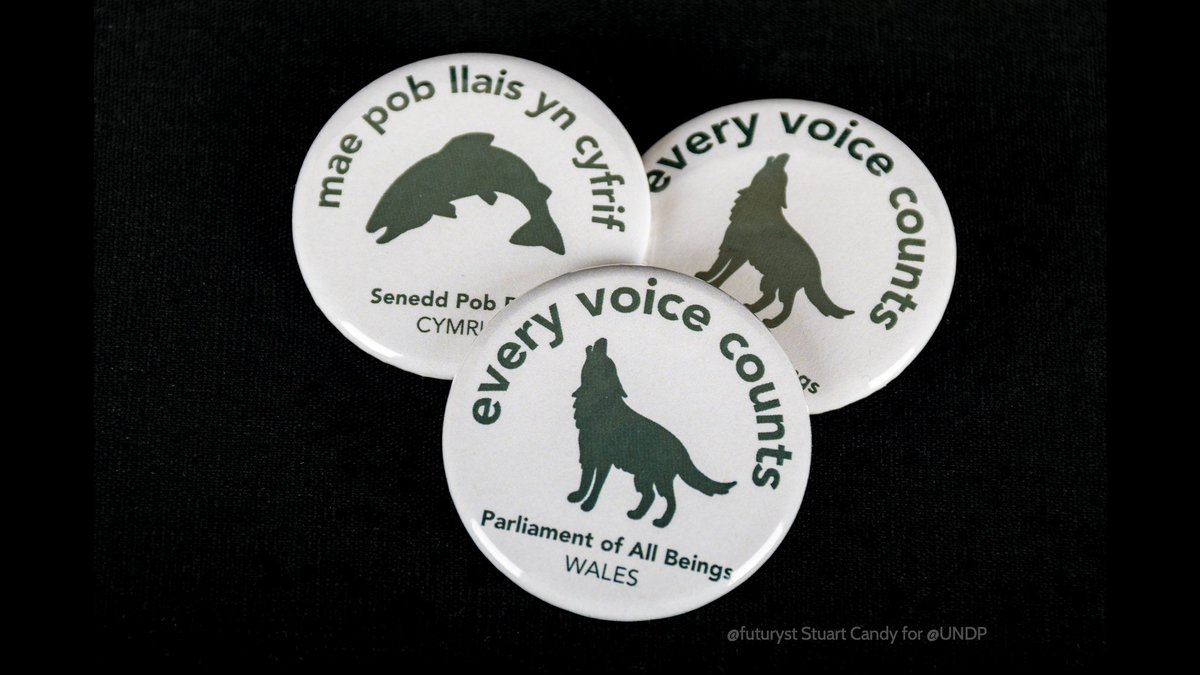
(NB just a quick blog post based on the thread — proper publication might take a minute 😅)
• • •
Missing some Tweet in this thread? You can try to
force a refresh



